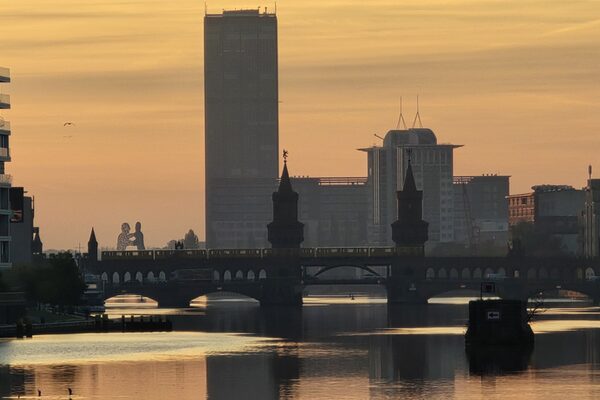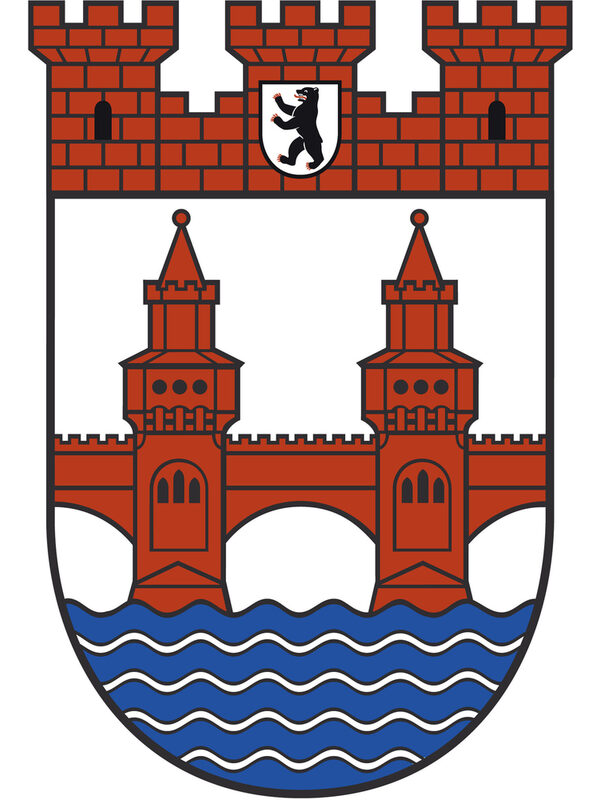Berlin-Friedrichshain-Kreuzberg
When the town twinning with the Berlin-Kreuzberg district was established in 1964, West Berlin was cut off from West and East Germany. Through the partnership, the state capital of Wiesbaden wanted to document its solidarity with the people there and provide active civic support.
Worth knowing
The district of Friedrichshain-Kreuzberg, which was created in 2001, unites history and current affairs, national and international in a unique way.
The list of sights in Wiesbaden's twin city Friedrichshain-Kreuzberg is almost endless. The legendary Checkpoint Charlie and the America Memorial Library are just as much a part of it as the German Museum of Technology Berlin, the East Side Gallery, Karl-Marx-Allee, the Jewish Museum Berlin, the Martin-Gropius-Bau or the Tempodrom. They are all crowd pullers.
Due to its location, its culture and its economic and social importance, Kreuzberg has always been an important part of Berlin. Today, the district, which became the Berlin district of Friedrichshain-Kreuzberg on January 1, 2001 following the merger of the former independent East Berlin district of Friedrichshain and the West Berlin district of Kreuzberg, is also known as the "heart of Berlin". It is considered one of the youngest, most creative and most exciting districts in the German capital.
The Oberbaumbrücke, built in Brandenburg brick Gothic style, is not only the district's landmark, but also a striking attraction with a great view of the city. Also worth seeing is Karl-Marx-Allee, which is also known as the "longest architectural monument in Europe". A boat tour on the Spree and the Landwehr Canal offers visitors extraordinary impressions and contrasts such as Wilhelminian-style buildings on the one hand and ultra-modern buildings such as the Energy Forum on the other.
A special highlight of the town twinning is the "Kreuz-Neroberger Riesling" wine. Made from Rheingau Riesling grapes harvested on Berlin's Kreuzberg, five Rheingau Riesling vines were cultivated in the Berlin district back in 1968, followed by a further 70 vines in 2011. The grapes grown and harvested on the "Kreuzberg" are pressed and bottled in Wiesbaden. The "Kreuz-Neroberger Wein" is only offered by the district administration on very special occasions or as a gift.
Further information
Coat of arms Friedrichshain-Kreuzberg
The coat of arms was awarded by the Senate on October 7, 2003. The coat of arms of the Friedrichshain-Kreuzberg district is derived from the coat of arms of the former Berlin district of Friedrichshain, which was only designed in 1991. The blue wavy base of the shield symbolizes the Spree, which divides the two districts, and the red bridge symbolizes the Oberbaumbrücke, which connects the two districts again. A red three-towered mural crown rests on the shield, with the Berlin coat of arms on the central tower.

